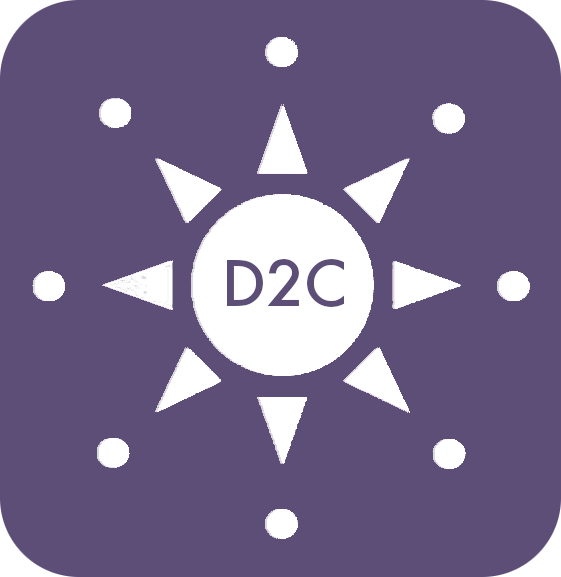Finding Purpose and Making a Difference: A Look at Careers in Human Services
The desire to help others and contribute to a better world is a powerful motivator. If this resonates with you, a career in human services could be a fulfilling path. This broad field encompasses various professions dedicated to supporting individuals, families, and communities facing diverse challenges. Whether it’s providing emotional support, advocating for change, or empowering individuals to reach their full potential, human services careers offer an opportunity to make a tangible impact on the lives of others.
The vastness of the field itself is a testament to the diverse needs it addresses. From social workers and counselors providing mental health support to community outreach workers tackling issues like poverty and homelessness, the common thread is the dedication to serving and empowering individuals and communities.
Addressing Growing Needs and Diverse Populations:
The need for human services professionals is projected to grow significantly in the coming years. According to the Bureau of Labor Statistics, social work occupations are expected to see a growth of 12% between 2022 and 2032, much faster than the average for all occupations [1]. This growth is attributed to factors like an aging population, increasing awareness of mental health issues, and the rising demand for support services amongst diverse populations.
Diversity and inclusion are crucial aspects of human services. Culturally competent professionals are vital in addressing the unique needs and experiences of different communities. Whether it’s working with individuals experiencing language barriers, immigrants navigating new environments, or LGBTQ+ communities facing discrimination, human services professionals play a critical role in promoting equity and ensuring everyone receives the support they need.
Beyond Traditional Roles: A Spectrum of Opportunities:
While social work and counseling might be the first professions that come to mind, the human services field offers a much wider range of opportunities. Here’s a glimpse into some diverse roles:
- Community Health Workers: These professionals bridge the gap between healthcare and underserved communities, providing education, outreach, and support [2].
- Substance Abuse Counselors: They assist individuals struggling with addiction by providing counseling, support groups, and referrals to treatment programs [3].
- Child Advocates: These individuals champion the well-being of children in various settings, ensuring their safety and advocating for their rights [4].
- Family Support Specialists: They work with families facing challenges, offering guidance, resources, and support to strengthen family dynamics and stability [5].
Rewarding Challenges and Making a Difference:
A career in human services is not without its challenges. Professionals often encounter individuals facing complex and difficult situations. However, the satisfaction of witnessing positive change and making a real difference in someone’s life is a powerful motivator.
The human services field also plays a crucial role in addressing societal issues like mental health, poverty, and addiction. According to a 2023 New York Times article, “the number of people who died by suicide in the United States increased by 3% from 2019 to 2021, to 45,967” [6]. By providing essential support and resources, human services professionals can contribute to prevention efforts and offer hope to individuals struggling with these issues.
Finding Your Path in Human Services:
If you’re passionate about helping others and making a positive impact, a career in human services is worth exploring, get involved. Reach out to organizations and ask to volunteer. Research different specializations within the field, consider volunteer opportunities, and connect with professionals to gain insights. Remember, the journey starts with a desire to help, and the opportunities within human services offer endless possibilities to put that passion into action. Human Services organizations can post entry-level jobs with Dream2Career, contact us for more information.
References:
[1] Bureau of Labor Statistics, U.S. Department of Labor, https://www.bls.gov/ [2] National Community Health Workers Association, https://nachw.org/ [3] Substance Abuse and Mental Health Services Administration, https://www.samhsa.gov/ [4] National Child Advocate Training Institute, https://www.nationalcac.org/online-training-catalog/ [5] National Association for Family Support Professionals, https://institutefsp.org/usercertificationexampage [6] The New York Times, “Number of U.S. Suicides Increased in 2021, C.D.C. Says,” August 8, 2023, https://www.nytimes.com/2023/02/11/health/suicide-rates-cdc.html























